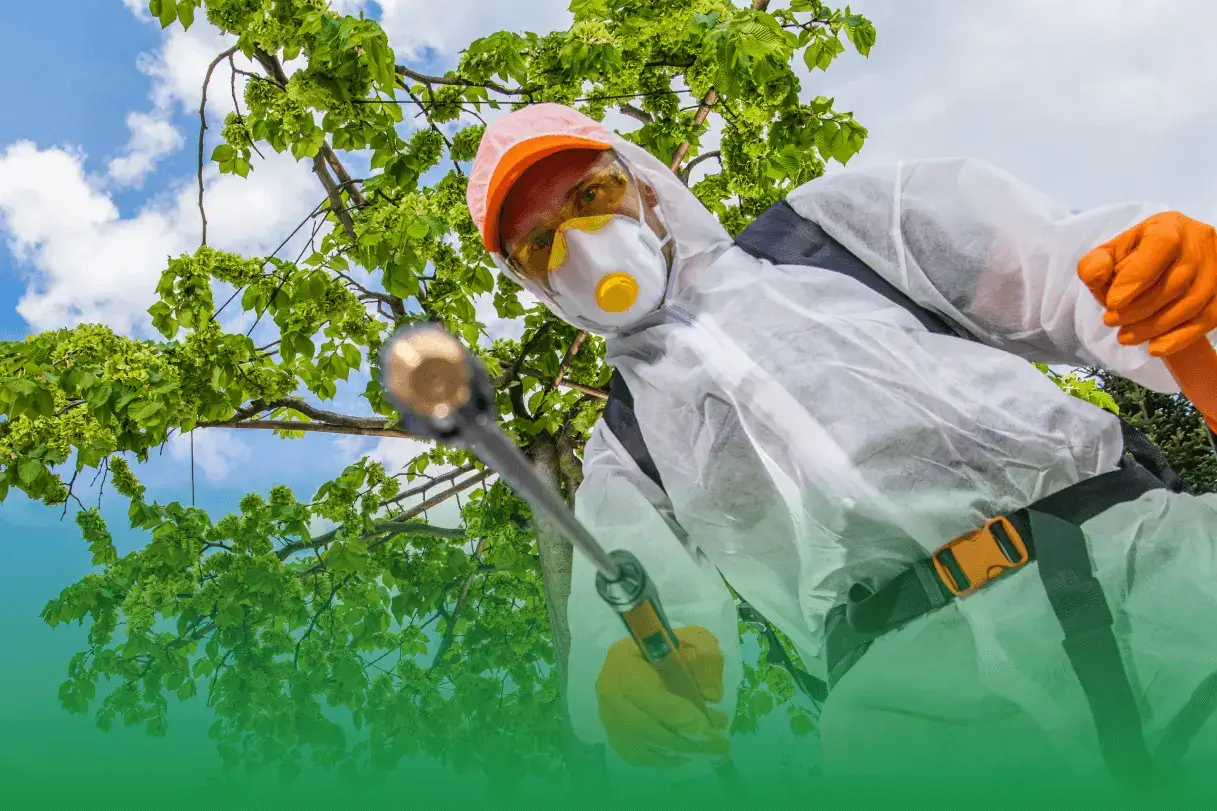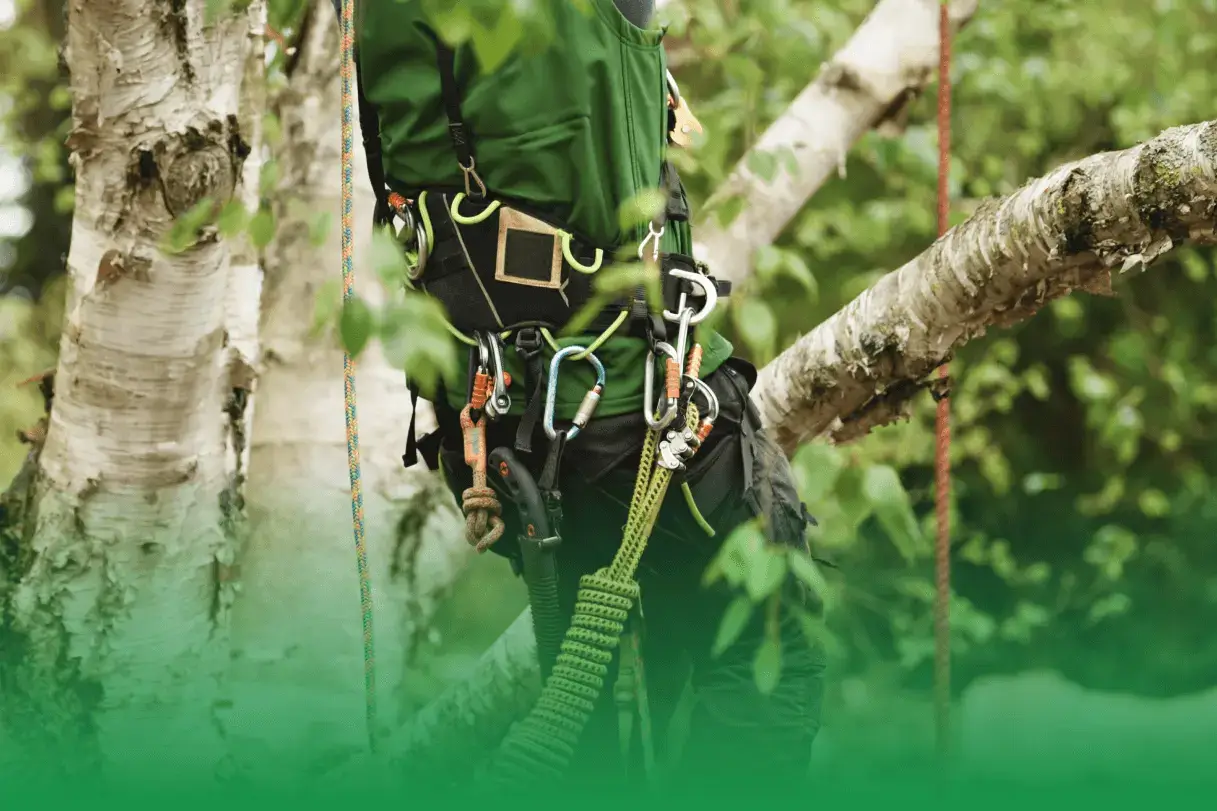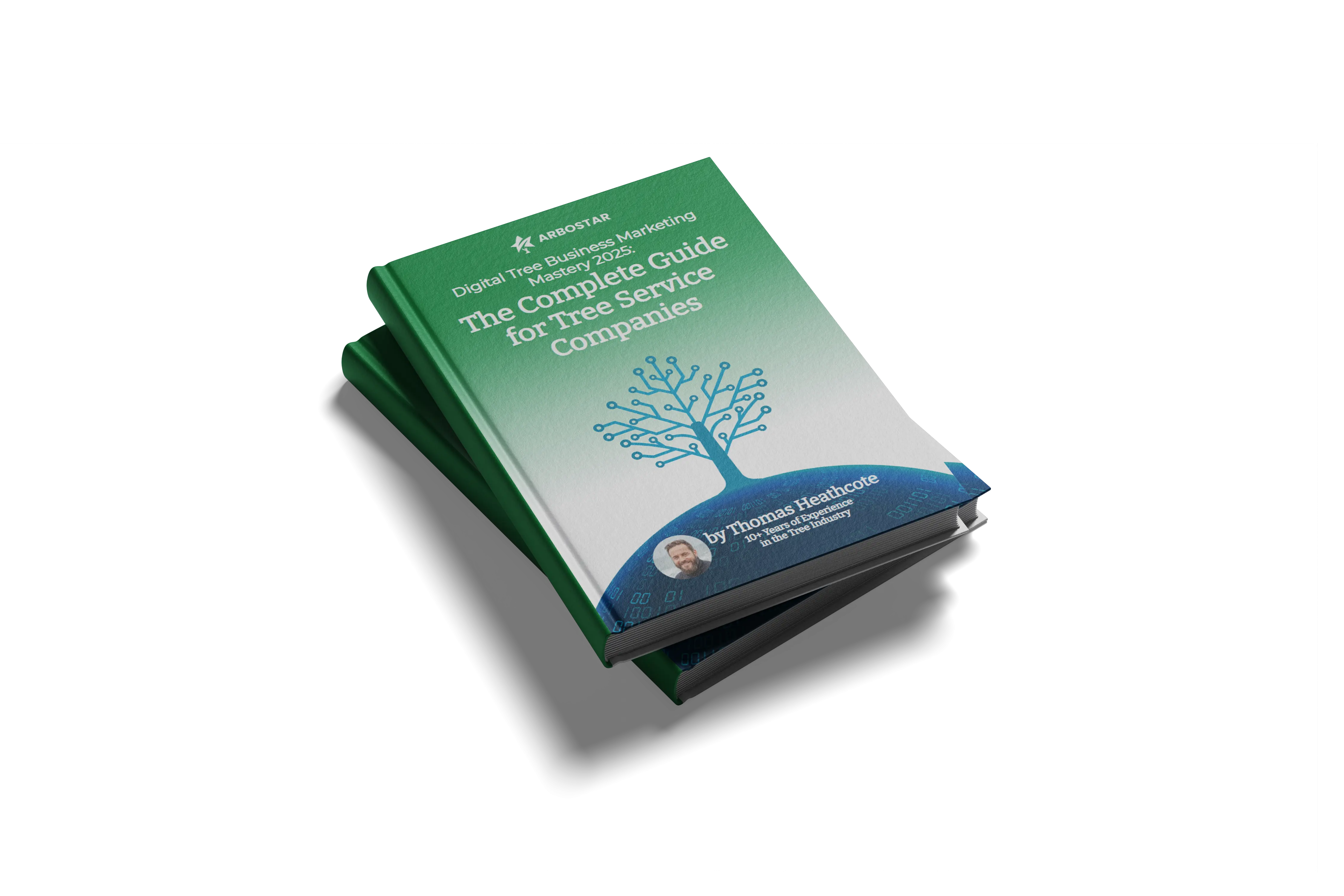Stay Smart, Stay Safe: Important Security Measures for Controlling Sick Trees and Pests

At ArboStar, we are committed to providing tree care professionals and arborists with the information and tools they need to navigate through such challenges swiftly, safely and smartly. This article will discuss the necessary steps and techniques in managing diseased trees and pests while ensuring safety of those involved as well as preserving nature of work.
Understanding Threats
Diseased trees along with their accompanying pests can pose significant dangers not only to other flora nearby but also to properties as well as human health. Conditions like tree decay, weak structures, or the spread of invasive species demand prompt informed action. Arborists who possess a comprehensive grasp on tree care services and ecological dynamics play a central role in diagnosing and treating these problems. However, without proper safety protocols, this process may lead to further damage.

Safety First: Protocols for Arborists
The use of proper personal protective equipment (PPE) ensures safety in handling diseased trees and pests. These include gloves, goggles, helmets or respiratory protection when required such as where fungal spores are present or chemical treatments carried out. By doing so one can be able to minimize risk by ensuring that all equipment is in good condition and properly used.
Cleaning Up And Disposing Of The Waste
Proper sanitation is necessary for preventing diseases from spreading from one tree to another or getting rid of pests effectively. Tools should be washed thoroughly with disinfectant after each use especially when moving between sites. Similarly disposal of infected tree material should be done with caution according to local laws in order not introduce infections into new areas.
Chemical Use Integrated Pest Management (IPM)
For instance it would be important that chemicals are used judiciously once there is need for chemical interventions while following integrated pest management principles (IPM). IPM encourages less toxic measures seeing chemical treatment as the last line of action. By focusing on long-term preventive measures and ecosystem health, arborists can reduce their dependence on chemicals and therefore minimize risks.
Using Technology to Improve Safety
At ArboStar, we recognize how important it is for us to use technology in order to make tree care more safe and effective. Our range of tools includes products like tree service software as well as ArboStar’s CRM which has been developed specifically for the management of diseased trees and pests from diagnosis to treatment.
Tree Cabling And Bracing
In this case, when a tree is structurally compromised, it may be necessary to use techniques of tree cabling and bracing methods. In doing so these methods anchor the tree minimizing risks that it could break off parts or even fall entirely over. We also have resources available with information about the most recent techniques for stabilizing trees.
CRM For Efficient Tree Management
An arborist CRM tool made specifically for the tree care industry offers features that help professionals monitor the health status of plants, schedule treatments, and manage customer interactions. Arborists can respond faster during outbreaks by using centralized data on these things as well as implement prevention measures more easily.
App for Tree Service Business
The tree service business app makes work easier, so that companies can concentrate more on the core activity of saving diseased trees and controlling pests such as bugs. The features like scheduling, invoicing and customer management are meant to enhance efficiency and safety in caring for trees.

Training and Education: The Cornerstone of Safety
For arborists and tree care professionals continuous training and education is very important. Being current in tree health research, pest control, safety practices ensure that the industry can respond accordingly to emerging threats. At ArboStar we provide resources and training opportunities for this ongoing learning process.

Conclusion
Managing diseased trees and pests requires a methodical approach grounded in understanding that ensures the protection of arborists, society at large, as well as the environment. These challenges may be addressed by observing established safety procedures, adopting up-to-date technology, and maintaining a continuing program of education among tree care specialists. In our case ArboStar is ready to help with tools for increasing efficiency, reducing accidents, keeping urban forests healthier.
To get rid of issues related to poor health or danger posed by trees easily kindly visit our website- ArboStar. We can make sure all our strategies for taking care about existing plants are risk-free but not dummy methods.















